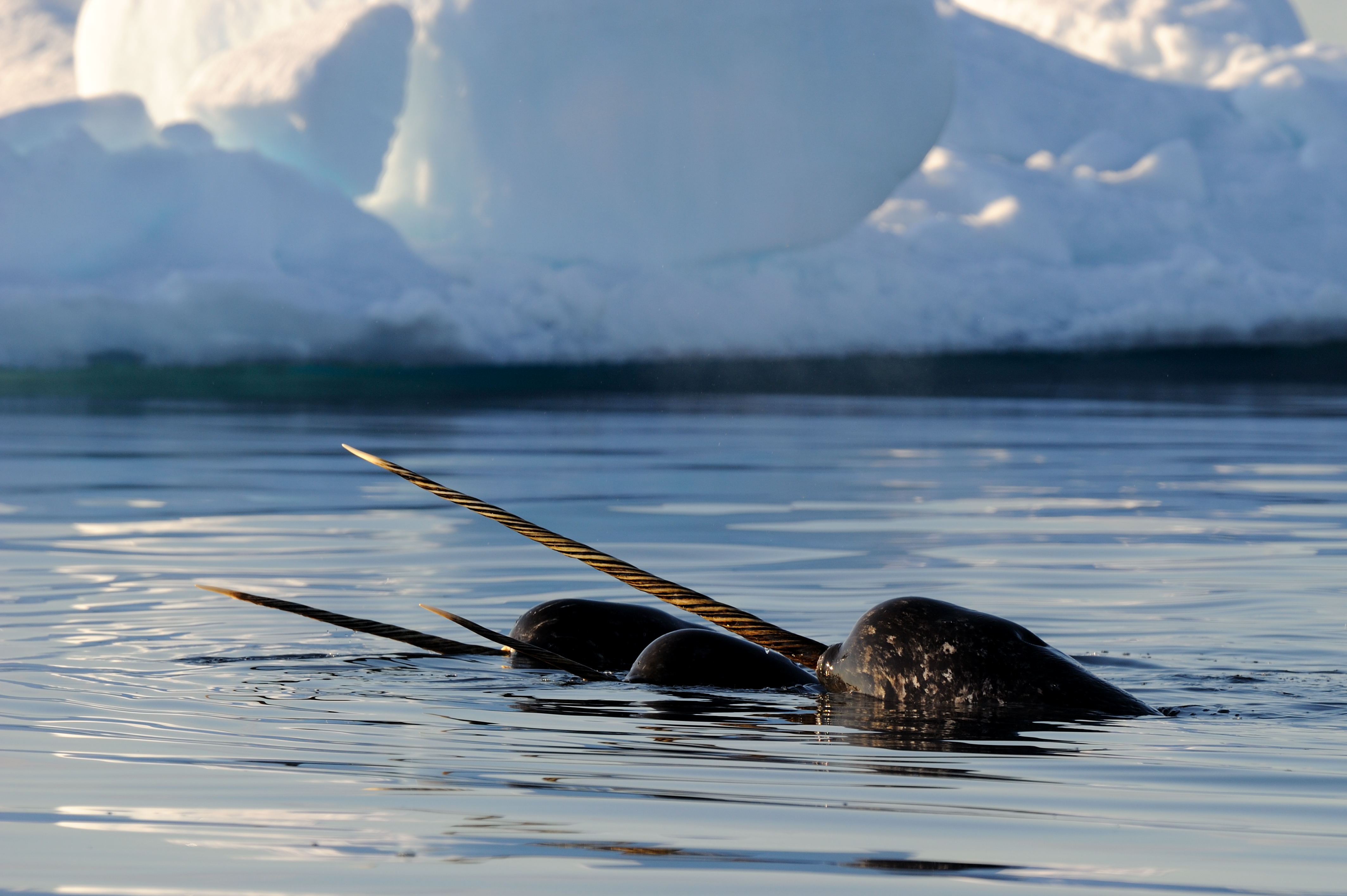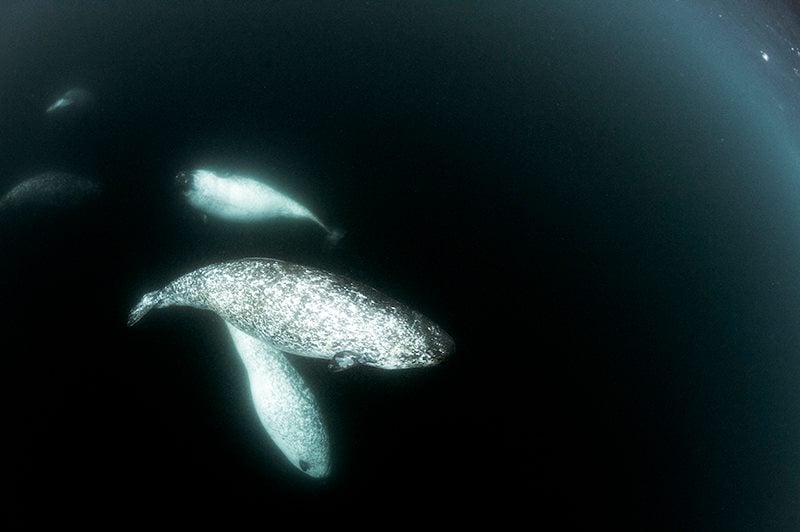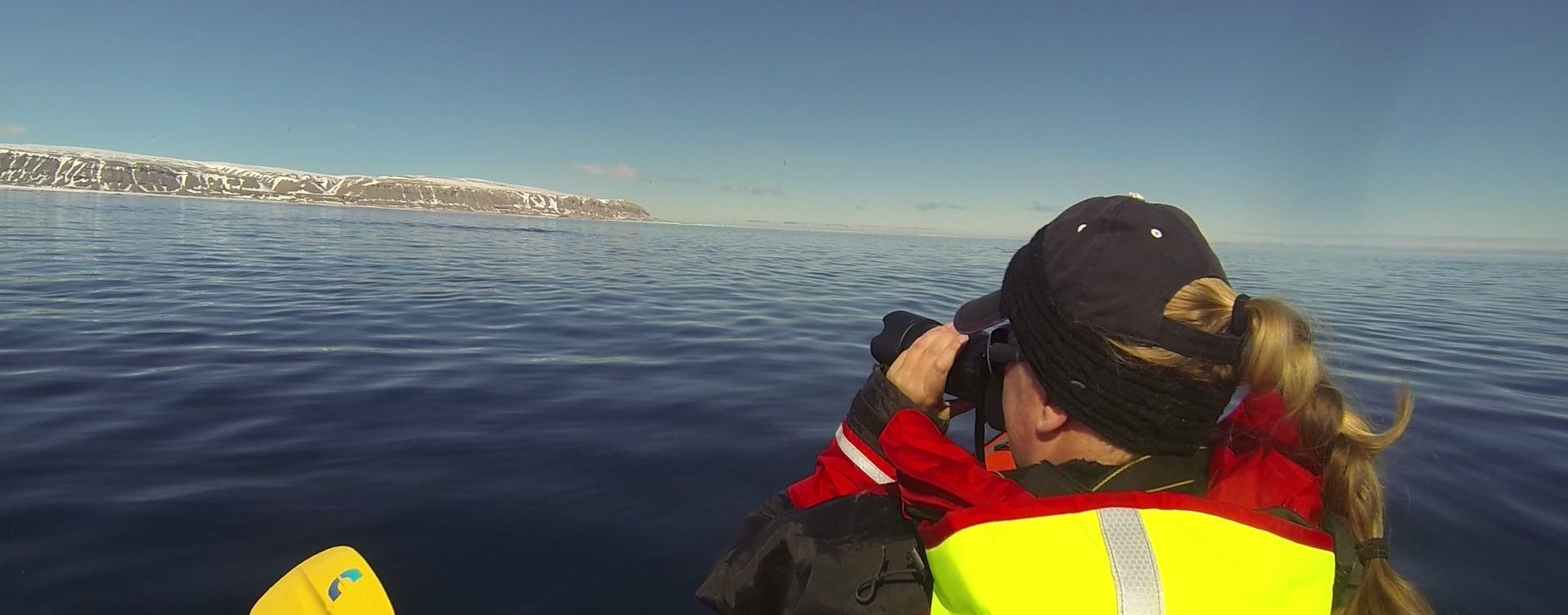Throat singing, known to the Inuit as katajjaq, is almost as old as the first igloo and considered one of the world’s oldest forms of music.
A guttural style of singing or chanting that produces multiple notes simultaneously through specialized vocalization techniques that come from the reverberation in the throat. This technique of short, sharp, rhythmic inhalations and exhalations of breathing creates a dramatic and powerful melody.

What Is It
Throat singing is a version of overtone-singing, the use of musical tones and harmonics rather than the use of vocabulary. Types of overtone-singing are found in cultures in Mongolia, Tibet, and Tuva, but what sets Inuit throat singing is that it is predominantly practiced by women.
Originally, kataqjjaq throat singing started with Inuit women in their igloos while the men were out hunting. It was traditionally used as a game to help pass time during the long winters in a call and response competition until one of the women breaks or stops.
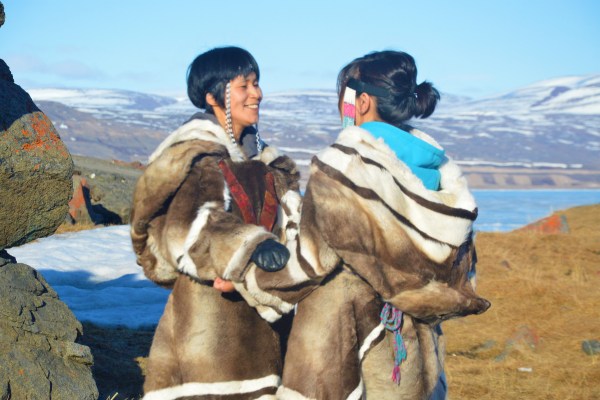
Two women will face each other as they stand holding each others’ arms and sometimes rock left and right or slightly bounce. One person leads by setting a repetitive short rhythmic pattern. The other person responses to the first singer with another rhythmic pattern in an instant response back and then it becomes a fun competition of who can last longer.
Whether it’s because they run out of breath or often because they begin laughing as they stare into each others’ eyes, it can last several minutes and is often a form of entertainment rather than music. It’s more like a vocal tug of war. Once you defeat one challenger, often you’d take on a new one until the group has all tried.
The Music
Although it can be used as entertainment, there’s no denying that it is a remarkable form of music. Unlike the other versions of overtone-singing, kataqjjaq throat singing is performed in groups or two or more. Making it more communal than other versions of overtone-singing from Eurasia.
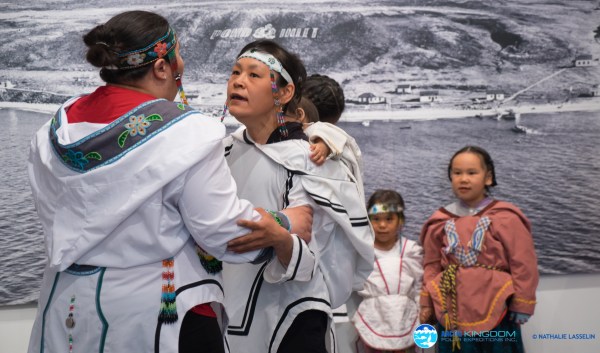
Traditional kataqjjaq throat singing was actually banned during Canada’s history of trying to assimilate First Peoples and suppress their cultures. But luckily, this beautiful art form survived. Today there are contemporary styles of throat singing that have grown out of the traditional style.
Tanya Tagak is quickly becoming a world-renowned artist and performer for her adaptation of throat singing. She had first heard throat singing while she was away at university. She was feeling homesick, having grown up in Cambridge Bay, Nunavut, and Yellowknife, Northwest Territories, so her mother sent a tape of throat singing. She describes that she could almost hear the very land she came from and it brought her comfort.
Tagak would then try and mimic the songs and found it difficult making the noises, but after a year it became easier. She has described how after a year it wasn’t just about making the sound, it was about expressing herself, and it felt really good to do.
Since she learned it by herself, she learned to perform it solo. While usually, it is a back-and-forth between two people, Tagak would begin to play both roles. It can seem like she’s performing acrobatics as she finds from within her the inspiration to perform all the roles.
And her performances make it clear that this feeling and sounds are coming from somewhere deep and natural from within her. She tells a story without the use of words and builds a feeling within the audience that is elemental and rousing.
Other artists are beginning to adapt this ancient form into other genres of music, like The Jerry Cans. They have incorporated the musical and rhythmic elements into their folk-rock sound. Susan Aglukark is another celebrated contemporary Inuit throat singer that has blended the traditional Inuit folk music with country and pop and has reached No. 1 on the Canadian country and adult contemporary charts.
https://www.youtube.com/watch?v=IGU1GafKKH8
There are also many phenomenal traditional artists who perform in the katajjaq style. Artists like Qaunak Mikkigak, Kathleen Ivaluarjuk Merritt, Alacie Tullaugaq, and Lucy Amarualik, and more!
Katajjaq throat singing is an engaging and powerful form, whether a fun game to pass the time or an ancient form of music. Maybe the next time you need to pass some time with a friend or colleague you’ll face off in a throat singing dual.
But if you’re interested in the musical style of it, it’s truly worth watching a performance. They are such beautiful and personal expressions of creativity that paint a stunning mental picture that just may inspire images of the Arctic landscape and the animals that roam it.
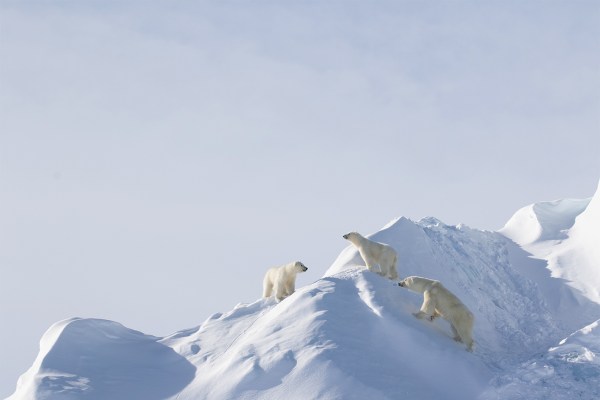
Experience The Arctic On A Safari
Get chances to view elusive Arctic wildlife and experience the majesty of the Arctic on safaris year around. View all Arctic Safaris here.
Ready for adventure? Contact our Arctic Travel Advisors to book.
Are you still curious about the many wonders of the Arctic or looking for more interesting content then explore more blogs here!
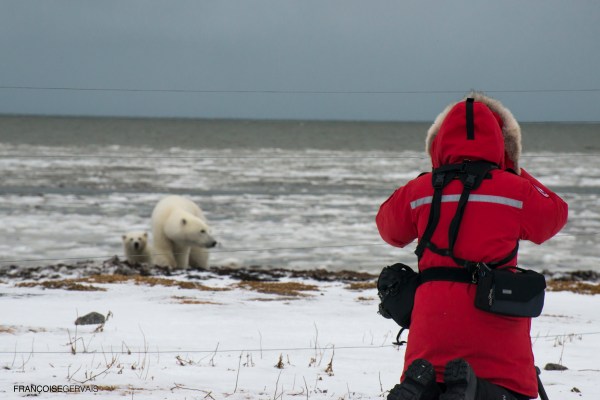
By: Mat Whitelaw


